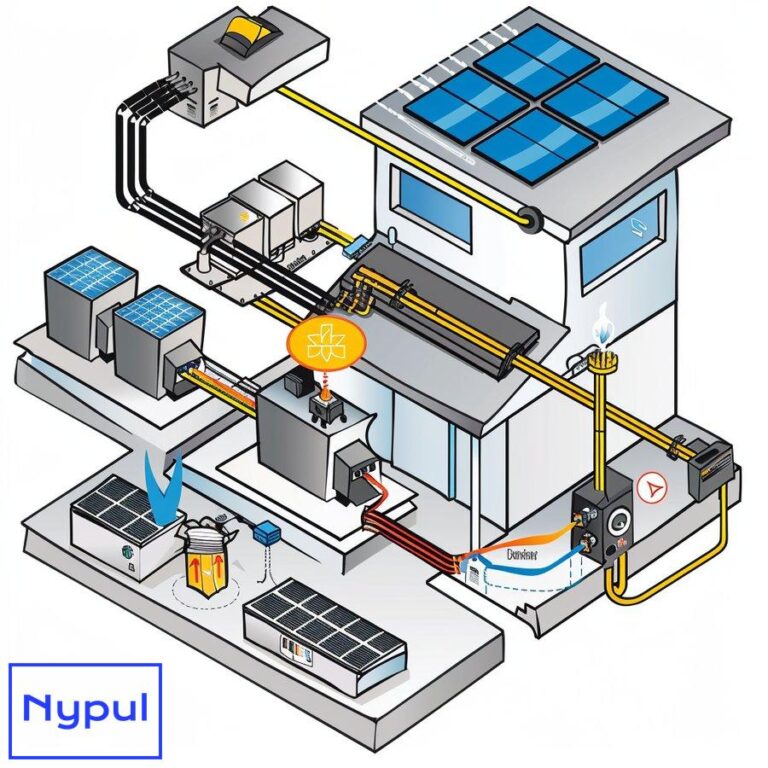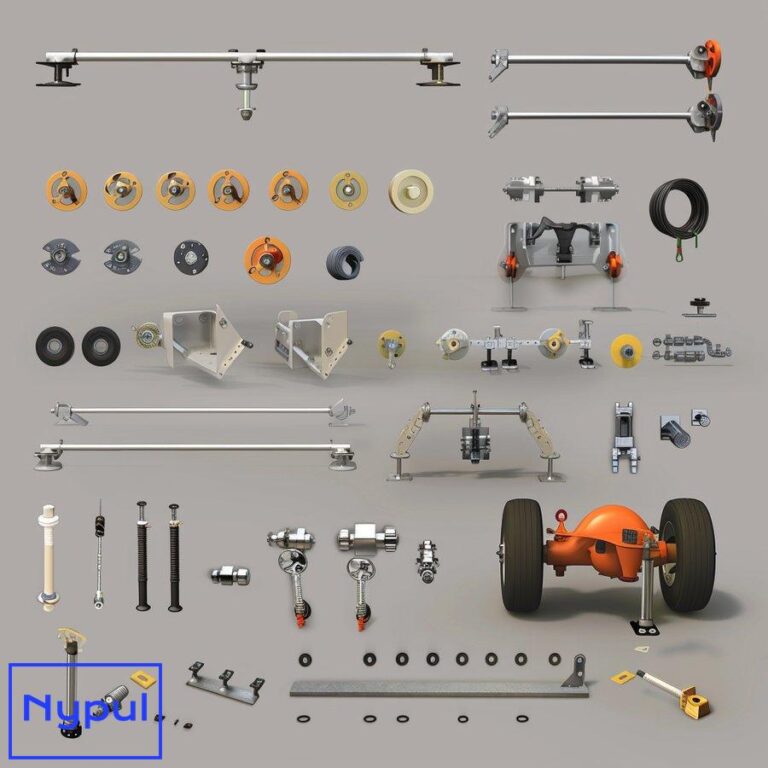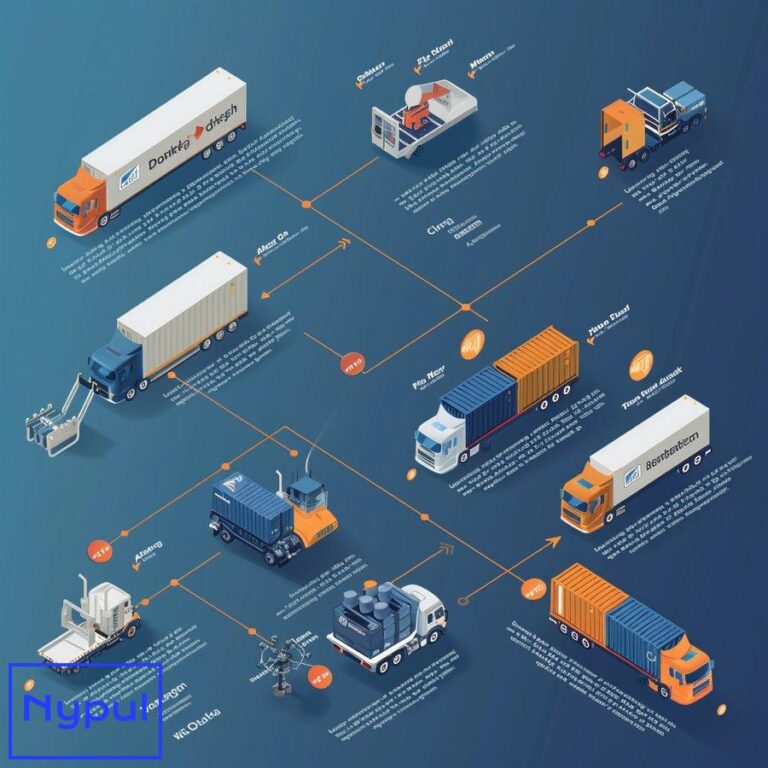What Are the Trailer Types Sizes of Long Haul Trailers
What are the most common types of long haul trailers? Long haul trucking forms the backbone of freight transportation across North America. The trailers used for these extended journeys come in various types, each designed to meet specific cargo needs. Understanding the most common long haul trailer types helps shippers and carriers optimize their logistics…









